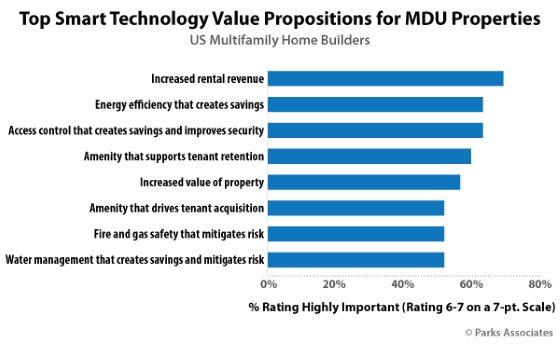In the current world, many individuals reside in multi-dwelling units, such as apartment buildings and condominiums. Such structures frequently utilize resources like electricity, water, and broadband connections. Overseeing these resources effectively is crucial for both the environment and the residents' well-being. Digital utility management strategies can help enhance the effectiveness of such shared utilities. Through utilizing technology and information analytics, building managers can optimize the way utilities are utilized, leading to cost reductions and a superior residential experience for everyone.
One successful approach for overseeing utilities in multi-dwelling units is the implementation of intelligent measurement devices. Intelligent meters provide real-time information on power and water usage. This data allows building administrators to identify patterns and patterns in utility use. For example, if a particular apartment consumes significantly greater H2O than others, the manager can examine possible leaks or encourage the resident to embrace additional water-efficient practices. By addressing these issues quickly, administrators can reduce waste and decrease utility costs for everyone tenants.

A further important aspect of digital resource management is the implementation of eco-friendly technologies. Many multi-unit units can gain from energy-efficient illumination, heating, and air conditioning units. These solutions not just reduce power consumption but also lower service bills. Building administrators can use digital systems to track the efficiency of these technologies and make changes as required. For example, if a heating system system is not operating efficiently, the administrator can arrange maintenance or improvements to guarantee optimal efficiency.
In addition to smart measurement devices and eco-friendly technologies, cloud utility management see can improve interaction between property administrators and residents. A cloud-based system can offer residents with visibility to their service usage information, enabling them to track their consumption. This openness encourages residents to be increasingly conscious of their resource consumption. Furthermore, building managers can distribute alerts about maintenance timing, eco-friendly tips, or community events through the system. Improved interaction cultivates a sense of togetherness and encourages tenants to engage in resource-saving initiatives.
Ultimately, implementing cloud resource management approaches can result in a more sustainable living environment. By enhancing resource use, multi-unit buildings can significantly reduce their carbon footprint. This is important not only for the residents but also for the planet. As more people become aware of environmental issues, they are prone to value living in a building that prioritizes sustainability. Property managers who implement such approaches can attract environmentally conscious residents, improving the property's standing and possibly increasing its worth. Overall, efficient digital utility administration is crucial for creating efficient, pleasant, and sustainable residential environments in multi-dwelling buildings.
Comments on “Optimizing Cloud-based Asset Management Approaches for Improved Efficiency in Multi-Unit Residences”